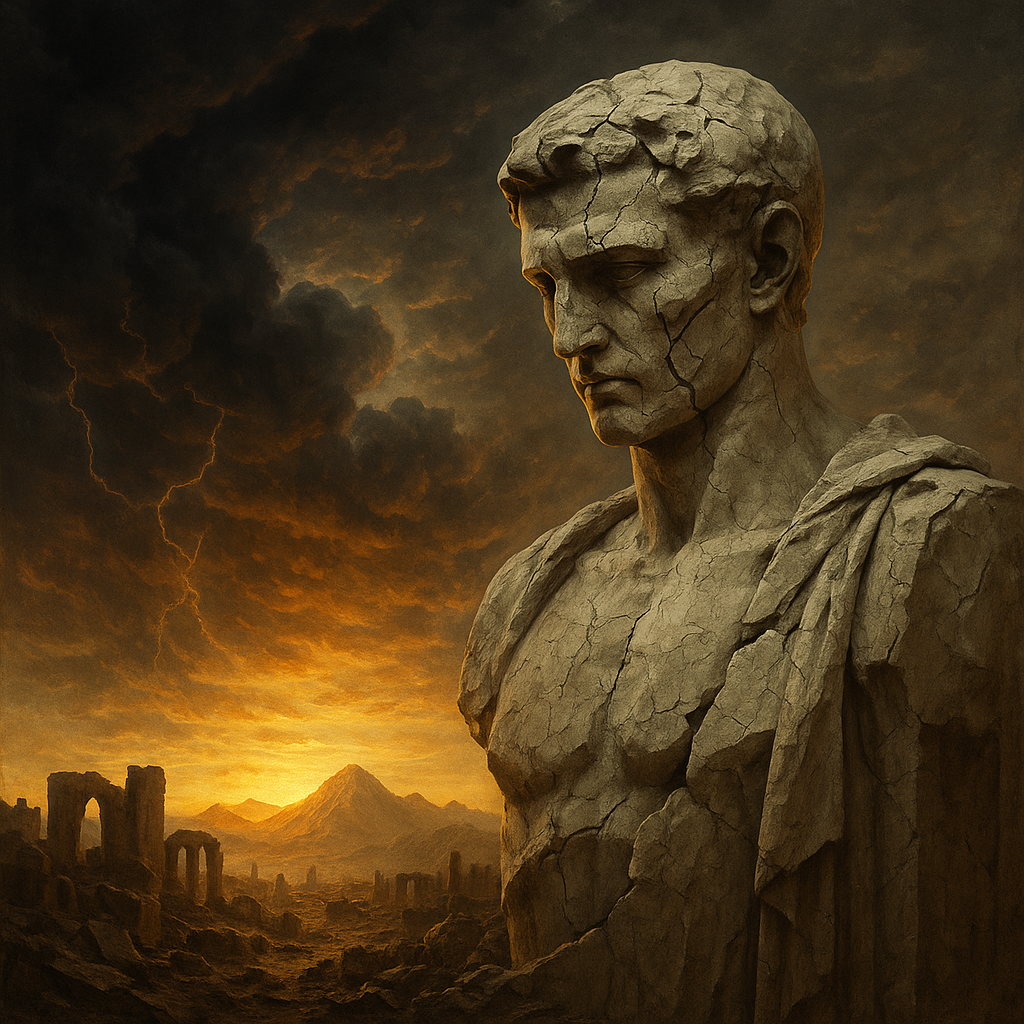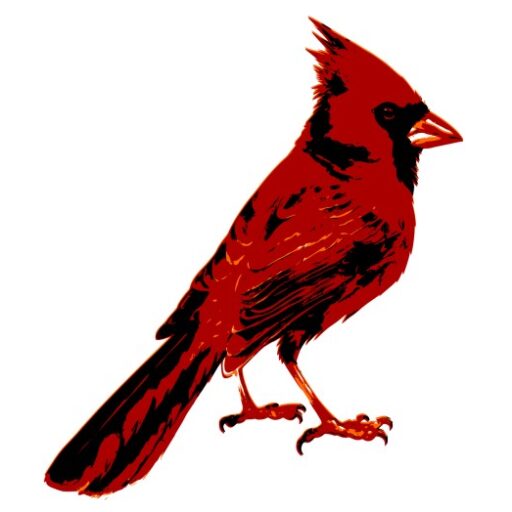The world feels like it’s spinning out of control. If you’ve been paying attention to the news—wars, cultural divides, financial instability—you may have the sense we’re not just heading into chaos. We’re already in it.

Maybe that’s true. But perhaps there’s more to the madness than just doom.
Major changes are terrifying. Yet history tells us they often precede something new, something better. That light at the end of the tunnel? It might be real. And to understand where we are, some have started talking about a concept called the Fourth Turning.
What Is the Fourth Turning?
The Fourth Turning, by Neil Howe and William Strauss, lays out a sweeping theory: history doesn’t move in a straight line. It moves in cycles, like seasons. Every 80 to 100 years, society experiences a major upheaval—a crisis—where the old world dies and a new one begins. This period is called the Fourth Turning.
According to the authors, each full historical cycle—called a saeculum—is made up of four distinct “turnings”:
- The High – A period of rebuilding and collective purpose. Institutions are trusted. Society works together.
- The Awakening – People begin to question those institutions. There’s spiritual unrest and cultural rebellion.
- The Unraveling – Institutions weaken. Individualism and distrust rise. Conflict simmers beneath the surface.
- The Crisis – The Fourth Turning – The system collapses or transforms through war, revolution, or economic upheaval.
Sound familiar?
Many believe we are living through a Fourth Turning right now.
Historical Fourth Turnings
This isn’t just theory—it’s played out before. Here are three pivotal Fourth Turnings in American history:
- The American Revolution (1773–1794): A colonial uprising led to independence and the birth of a new republic. The old British order collapsed.
- The Civil War (1860–1865): A deeply divided nation tore itself apart. The cost was horrific, but slavery ended, and a redefined Union emerged.
- The Great Depression and World War II (1929–1946): Economic collapse gave way to global conflict. Out of the wreckage, a new world order was born—economically, politically, and morally.
Each of these moments felt like the end. And in some ways, they were. But they were also rebirths.
Why It Matters Now
Fourth Turnings feel like chaos. But chaos isn’t always destruction. Sometimes it’s transformation. As hard as these periods are, they pave the way for something new:
After every winter comes spring.
Once the crisis passes, a new First Turning begins—a period of renewal, rebuilding, and shared purpose. If society can endure the storm, it can emerge stronger, more united, and better equipped for the next era.
The question isn’t whether we’re in a Fourth Turning. The question is: what comes next—and how will we help shape it?

Leave a Reply